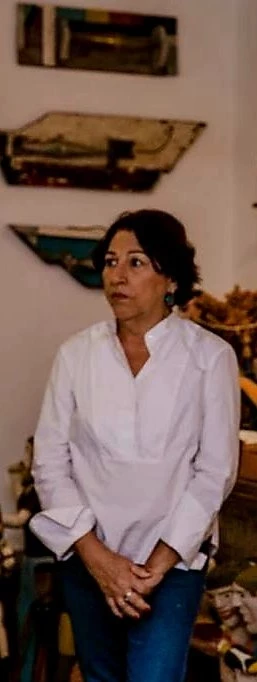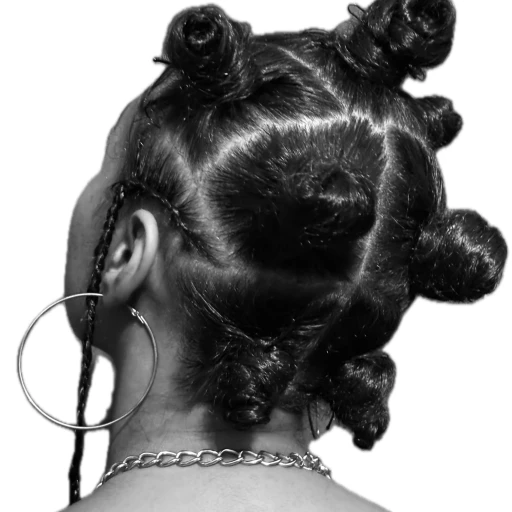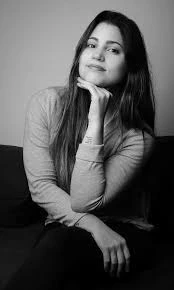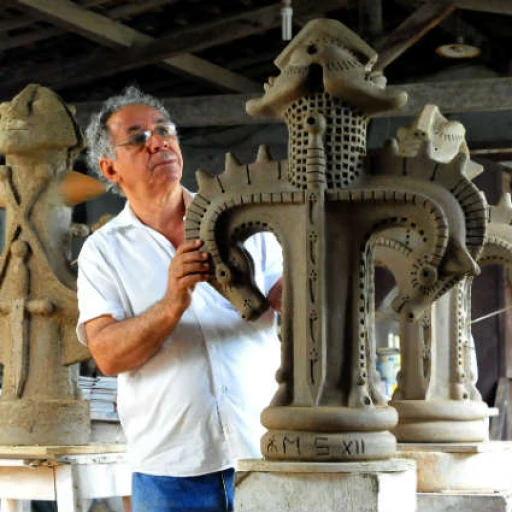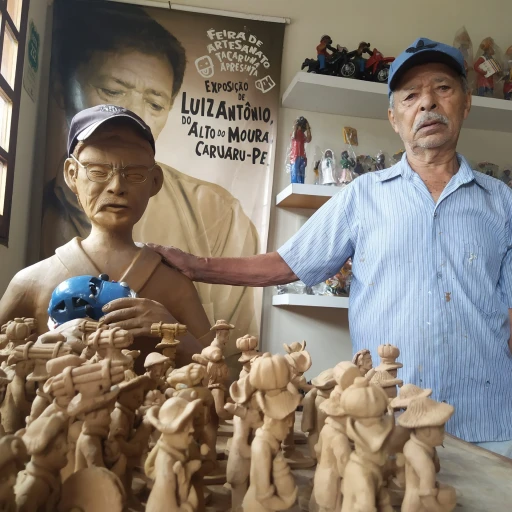
Artists
Browse through our CVs and find your new favourite
- A
- B
- C
- D
- E
- F
- G
- H
- I
- J
- K
- L
- M
- N
- O
- P
- Q
- R
- S
- T
- U
- V
- W
- X
- Y
- Z
- All
Total de 472 artistas encontrados
Procurando a obra que mais combina com você?
Converse com nossa equipe para uma consultoria exclusíva com obras de sua preferência.
Fale Conosco





